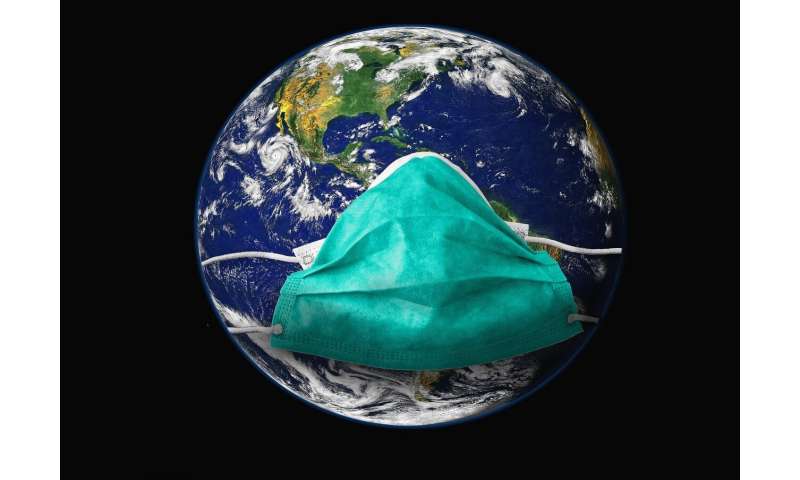
A household appliance, which may be sitting inside your kitchen cabinet, can now be used as a powerful tool in the fight to control COVID-19. Researchers with the Department of Homeland Security (DHS) Science and Technology Directorate (S&T) developed a do-it-yourself solution to decontaminate personal protective equipment (PPE) using a programmable multicooker.
“S&T is thinking creatively during this nationwide crisis,” said William N. Bryan, DHS Senior Official Performing the Duties of the Under Secretary for Science & Technology. “We understand that PPE is not always readily available and are working tirelessly to provide Americans with simple methods to extend the life of this important equipment.”
Personal protective equipment, specifically respiratory protection such as N95 masks, are an effective way to reduce exposure to airborne SARS-CoV-2, the coronavirus that causes COVID-19. With high demand resulting in limited supply, S&T focused efforts on finding affordable and easy methods that allow masks to safely be reused.
Evaluating common household devices, researchers identified programmable multicookers as a readily accessible and effective means to decontaminate masks, using moist heat, one of three methods recommended by the Centers for Disease Control and Prevention (CDC).
Moist heat decontamination is achieved by treating masks with 149°F steam for 30 minutes. Key steps include placing the mask(s) in a paper bag, filling the multicooker with a half inch of water and setting the bag on a rack inside of it. S&T verified these conditions inactivate the virus below detectable limits in culture media and simulated saliva, while the masks still meet performance specifications after five treatments. Further research will determine if the virus is also inactivated in lung fluid, and whether this process is effective for additional treatments.
“Given the significance of this outbreak and importance of respiratory protection for first responders and medical professionals, we’re investigating simple, low-cost means to sanitize potentially contaminated N95 respirators,” said General Biological Scientist Dr. Lloyd Hough, and lead for S&T’s Hazard Awareness & Characterization Technology Center. “We hope front line personnel who need to use them can take advantage of this approach to extend the life of their limited supply of this critical piece of PPE.”
Source: Read Full Article
